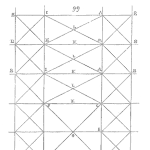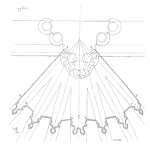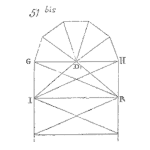
Most of my firm’s clients are in the private sector but occasionally we do some public sector work. We usually notice a number of distinct differences in practices and in what motivates those practices. It would be nice to say that one can learn a lot from the other, but in truth, both can learn a lot from each other.
I thought it might be useful to compare and contrast the two sectors (based on personal observations) and then propose an idea for learning from each other. [Read more…]











